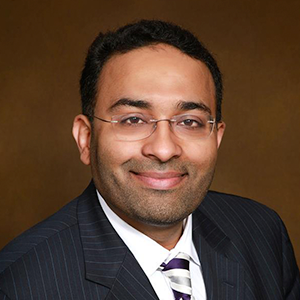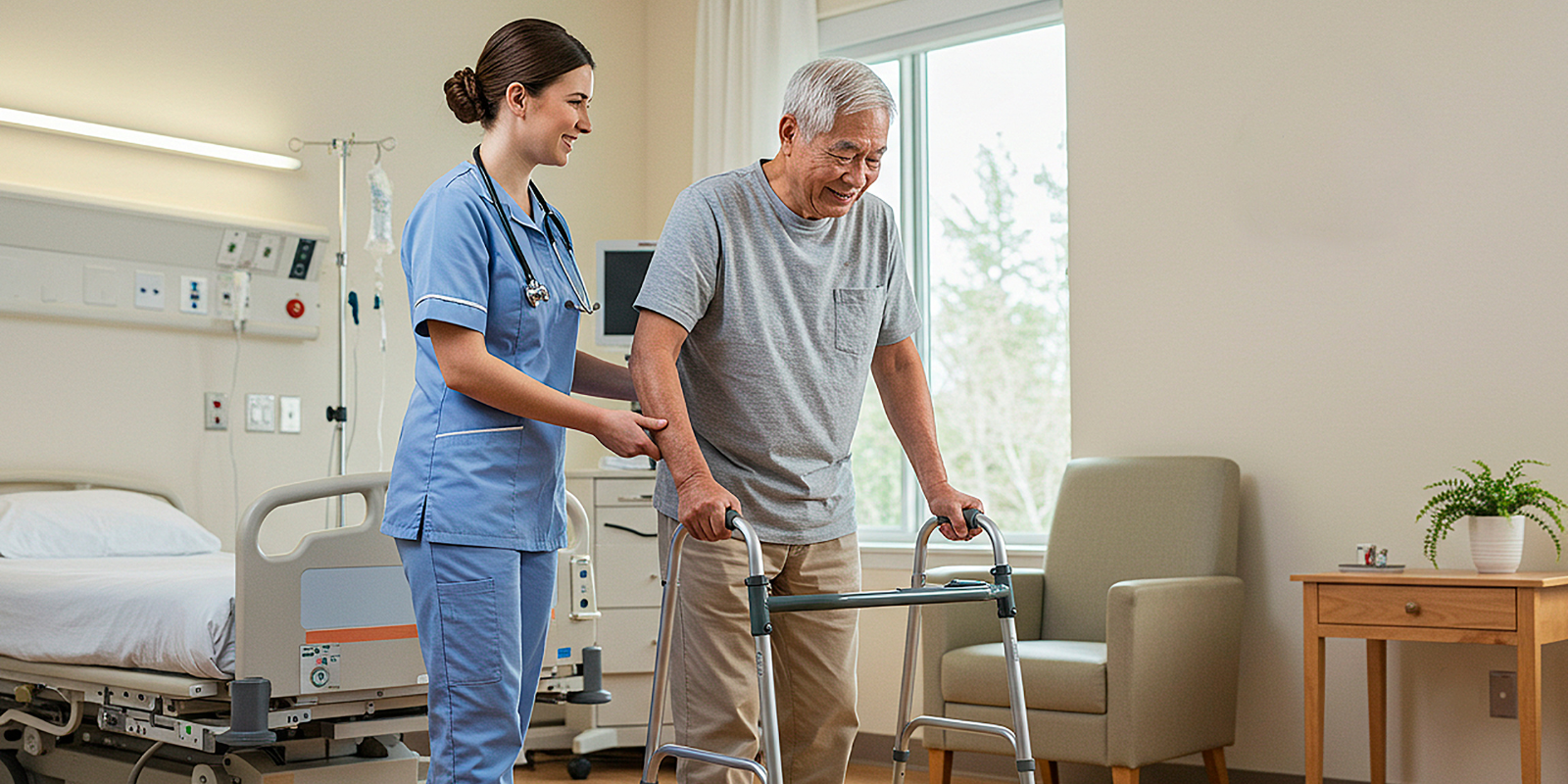Patients receiving cardiac surgery are at higher risk for acute kidney injury following the procedure, which is why the University of Colorado Department of Surgery has implemented a new preoperative pathway to identify patients who are more likely to suffer acute kidney injury (AKI) following elective cardiac surgery and prevent that injury from occurring.
“My research focus is the prevention of acute kidney injury after cardiac surgery,” says Muhammad Aftab, MD, associate professor of cardiothoracic surgery, who led the effort to create the new pathway. “It’s an important problem to address because acute kidney injury is a multisystem problem. Once patients get kidney failure after surgery, everything gets affected — their mortality, their morbidity. The risk of infection increases significantly, their hospital length of stay increases, and their ICU length of stay increases. We know this is a big problem that needs to be addressed.”
First of three
Part of a planned three-part intervention that will also describe ways to prevent AKI during and after surgery, the new presurgical pathway assesses a patient’s risk of getting AKI after cardiac surgery and identifies high-risk patients and specific ways to minimize that risk, whether that means delaying the surgery, stopping certain medications, or treating patients for such conditions as anemia or dehydration.
Designed for patients undergoing planned bypass, valve, and aneurysm surgeries, the new pathway uses a risk calculator — an algorithm that takes into account a patient’s age, weight, gender, health history, white blood cell count, creatinine levels, and more — to determine the risk factor for AKI. It’s a risk that is inherently higher in cardiac surgeries because of the way the procedures are performed, Aftab says.
“In cardiac surgery, we use a cardiopulmonary bypass machine, and we stop the patient’s heart for some time,” he says. “In some of the more extensive procedures, we completely stop the circulation to the entire body. All of these factors have implications in their outcomes.”
Additional AKI risks come from pre-existing conditions including diabetes, hypertension, or chronic kidney disease, he says. Approximately 15% to 20% of cardiac surgery patients develop AKI, some of them requiring temporary dialysis and an even smaller subset progressing to lifelong dependency on hemodialysis.
Path through the pathway
Once a patient’s individual risk for AKI is calculated, surgeons take them through the pathway. Patients with a risk factor of 1% or 2% will typically proceed with surgery, but those with a risk factor of 3% or higher now get a closer look, Aftab says.
“At that point we start analyzing — how is their kidney function? Have they had acute kidney injury in the past three months? Has something happened to their circulatory system that their kidneys stop working well?” he says. “Prior to cardiac surgery, many people undergo a CT scan with IV contrast dye, or they have a cardiac catheterization with coronary angiogram where the IV contrast is injected in the arteries. These contribute to AKI as well, because all this contrast gets filtered through the kidneys.”
Depending on those criteria, as well as conditions including anemia, dehydration, acute kidney injury, and chronic kidney disease, patients are either treated for the secondary condition or sent to a nephrologist for more intensive treatment, or their surgery is rescheduled so their kidneys can heal. The intervention is built within the electronic medical record as a pathway, so providers can interact with it in real time as they treat patients, which reduces care variance and standardizes the protocol.
Helping patients
While the AKI pathway has only been in use for a few months, it already has shown benefits for patients.
“Patients are very receptive to this, and they like that we are taking these extra measures of care,” Aftab says. “When we implemented it, I had a patient from the VA hospital who came to UCHealth for surgery, and we noticed acute kidney injury. I delayed his surgery for four weeks and sent him to the nephrology team. His kidneys partially recovered, I did surgery on him, and he was discharged home on the fifth day without any acute kidney injury or renal failure.
“Already, we recognize that if we implement the pathway and put it into practice, patients will benefit from it,” he says. “The most important thing is recognizing and understanding that if there's a problem, let's stop, let's put the brakes on and allow the kidneys to recover. Kidneys are very important to protect for short-term and long-term outcomes of cardiac surgery. If you want patients to live longer, protect their kidneys.”
Aftab adds that this work would not have been possible without the generous support of Ethan Cumbler, MD, director of quality in the Department of Surgery; input from collaborating nephrologists including Sarah Faubel, MD, and Amber Podoll, MD, and cardiothoracic surgery physician assistants Daniel Connolly, Michael Wells, Courtney Matter, Elizabeth Devine, and Erin McIntyre as well as quality team members including Mollie Holmes, Katie Moller, Danielle Koffenberger, and Alyson Kelleher.



.png)

